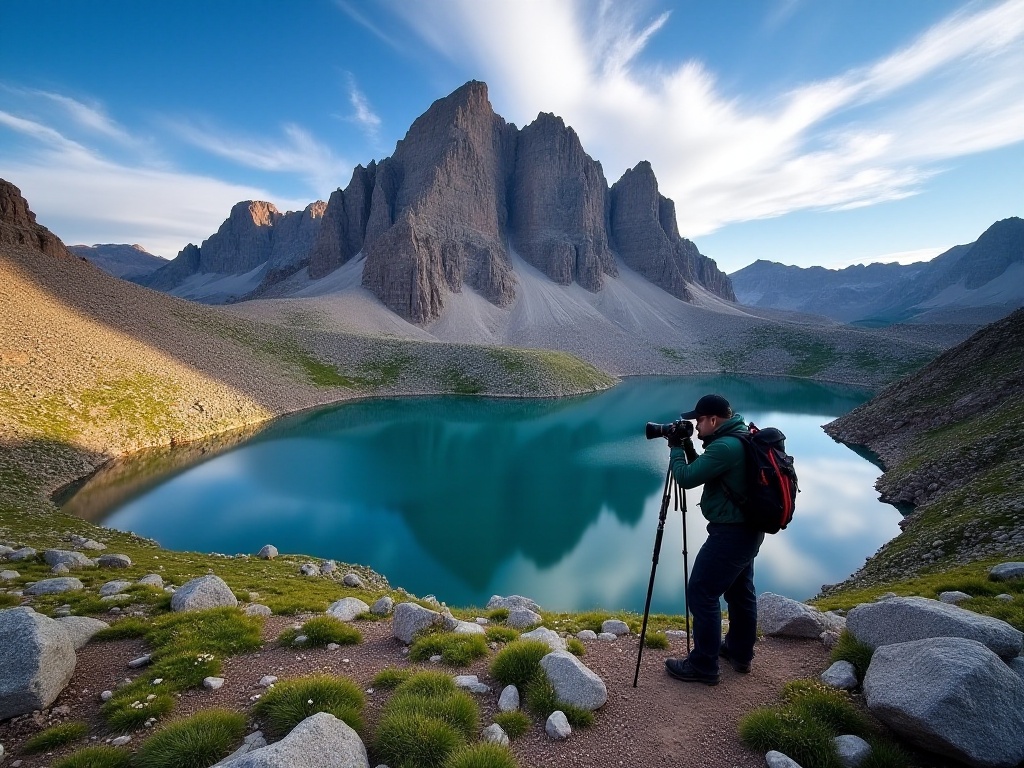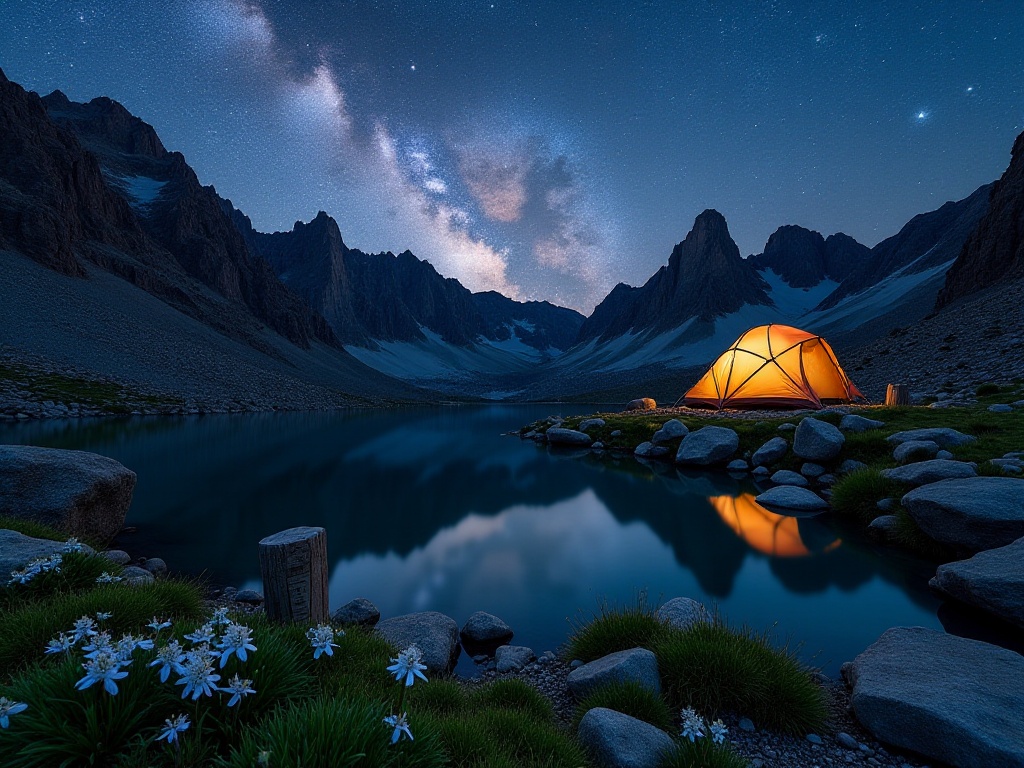Preface
Hiking alone with a backpack through America's oldest mountain range - isn't this the ultimate dream for many? Today, I want to share my adventure story on the Appalachian Trail (AT). As a Chinese girl who just completed this journey, I want to share this six-month experience with everyone, without holding anything back.
First Encounter with AT
Late one night in early 2024, I came across an introduction to the AT while watching videos. At that moment, I was speechless: this hiking trail crossing the eastern United States is 2,193.1 miles long (about 3,530 kilometers), passes through 14 states, and has a cumulative elevation gain equivalent to 17 Mount Everests. Every year, over 3,000 hikers attempt to complete this trail, but only a quarter of them make it to the end.
I was completely captivated by these statistics. I began frantically searching for related information, joining various hiking groups, and watching countless completion stories. Gradually, this seemingly unreachable goal took root in my heart. I told myself: why not give it a try?
Preparation
Physical Training
From making the decision to actually setting out, I gave myself six months to prepare. The first issue to address was physical fitness. As an office worker with limited regular exercise, I developed a progressive training plan.
Every morning, I would wake up an hour early and speed walk for two hours in my neighborhood and nearby parks with a 15kg backpack. Initially, my whole body ached after completing the route, but I gritted my teeth and persisted. Weekday training was basic, while weekends were intensive training time. I would meet up with friends who also enjoyed outdoor activities and conduct field training in Xiangshan or nearby mountains in Hebei.
I remember being out of breath even on the basic tourist route during my first training at Xiangshan. But as time passed, I was delighted to find my fitness steadily improving. After three months, I could easily complete Xiangshan's advanced routes with equipment. By the end of the preparation period, a 20-kilometer mountain trail with weight was no longer a challenge.
Equipment Selection
Honestly, my investment in equipment was significant, with the main gear list totaling nearly 20,000 RMB. But each piece of equipment was chosen after careful consideration, as the importance of gear often becomes apparent at crucial moments in the wilderness.
My prized possession was an ultralight tent weighing only 900 grams, costing nearly 4,000 yuan. This price made many friends gasp, but its value was fully proven during long-distance hiking. The ultra-light weight meant I could save more energy, and its excellent waterproofing protected me through countless rainy nights.
The backpack was another important investment. I chose a 45-liter professional hiking backpack, which, though expensive, provided comfort during long treks thanks to its ergonomic design. The sleeping bag was a custom down bag that provided the warmest shelter in cold mountain areas.
Additionally, I purchased a lightweight cooking system, including a portable stove, titanium cookware, and utensils. A lightweight portable water filter ensured I had access to clean water sources in the wilderness. Though these equipment were costly, each piece played an important role during the journey.
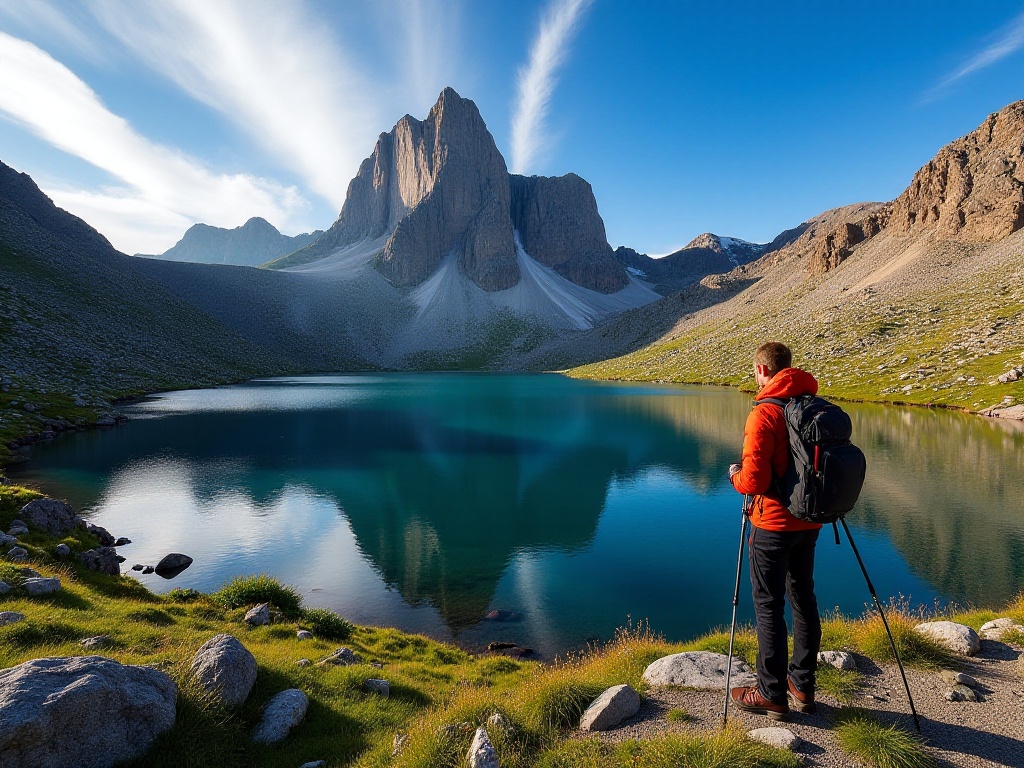
Route Planning
Starting Point Selection
On the AT, there are two main hiking directions: Northbound (NOBO) and Southbound (SOBO). After thorough research, I chose the more popular NOBO route, starting from Springer Mountain in Georgia and heading north.
This choice was well thought out. First, hiking from south to north avoids the cold early spring weather in New England. Second, this direction allows for gradual adaptation to increasingly challenging terrain. The mountain trails in Georgia and North Carolina are relatively moderate, suitable for beginners to adapt to hiking life. By the time fitness and experience improve, you face more challenging terrain in New Hampshire and Maine.
I chose to depart on April 1st, when temperatures are moderate, trail conditions are good, and you can meet more fellow hikers. Another advantage of starting in spring is following the seasonal changes northward, enjoying spring colors from south to north.
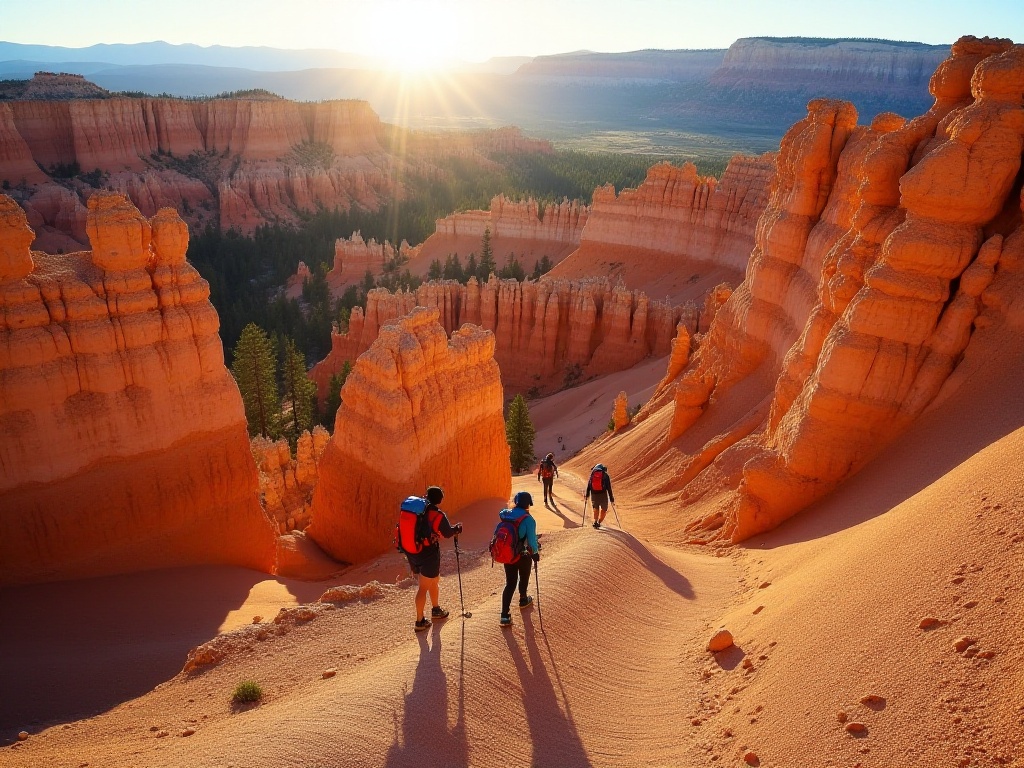
Resupply Planning
Resupply is one of the most crucial aspects of long-distance hiking. Before departing, I made detailed resupply station plans, marking 71 resupply points on the map, including towns, campsites, and supply stations. These points appeared every 30-50 miles on average.
I created a detailed resupply plan table, recording the distance between each resupply point, estimated travel days, and required food and water amounts. Considering the difficulty of different terrains, I also reserved some flexible time. This plan table later proved to be an invaluable reference.
To ensure reliable resupply, I researched the operating hours, product varieties, and price levels of each resupply point online. Some remote resupply stations might have limited products and higher prices, so I would buy more supplies at larger supermarkets before reaching them.
Memorable Moments
First Milestone
On the 45th day of hiking, I finally reached the first 1,000-mile milestone. It was at McAfee Knob in Virginia, where I arrived early morning, with the rocks glowing golden in the dawn light.
Standing before the milestone marked "1000 MILES," my tears flowed uncontrollably. At that moment, I finally believed I could achieve this grand goal. With trembling hands, I took out my camera to record this important moment. In that photo, my face was covered in dirt and sweat, but my smile was especially bright.
That day, I met several fellow hikers, and we had a picnic celebration on the rocks. We shared our snacks and talked about our experiences. Though we came from different countries and spoke different languages, we were all proud of each other's perseverance.
Rainy Season Ordeal
Two weeks of continuous rain in Pennsylvania was the most challenging period of the entire hike. Every morning when I opened my eyes, I was greeted by gray skies and endless rain.
My shoes were perpetually wet; even after trying to dry them every night, they would be soaked again the next morning. The moisture in the tent made the sleeping bag damp, making nights feel chilly. The muddy mountain paths made every step extremely difficult, sometimes only allowing progress of a dozen miles per day.
Just when I was about to give up, I met a couple from Boston. They were on their third AT hike and were very experienced. They not only shared various practical waterproofing techniques but also gave me some desiccants to protect my equipment. More importantly, their optimistic attitude influenced me, helping me understand that these difficulties would pass.
With their help, I learned how to stay dry while hiking in the rain: protecting important equipment with multiple waterproof bags, carrying a set of dry clothes, and using brief sunny intervals to dry equipment. These experiences continued to help me throughout the rest of the journey.
Unexpected Friendship
In Shenandoah National Park, Virginia, I met a Japanese girl named Sayuri. Like me, she was hiking alone. We quickly became good friends, often camping together, sharing food and stories.
One evening, we made a campfire and cooked a fusion dinner: my instant noodles with her Japanese curry, which turned out surprisingly delicious. Under the starry sky, we talked about our countries, cultures, and lives. Though language was sometimes a barrier, our friendship grew under that starlit sky.
We hiked together for nearly three weeks until she had to interrupt her journey due to health issues. On the day we parted, we hugged and cried, promising that when she recovered, she would return to AT to complete her unfinished dream. This unexpected friendship became one of my most precious gains on the AT.
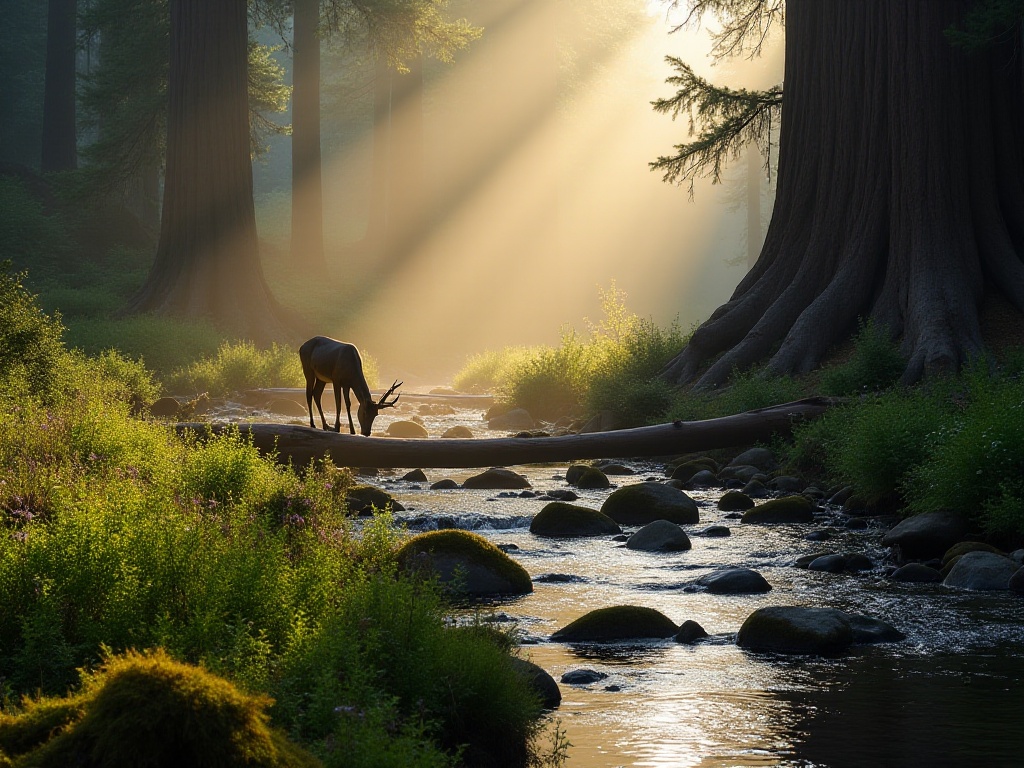
Wildlife Encounters
During my AT journey, encounters with wildlife were both exciting and challenging. I met black bears foraging leisurely, alert white-tailed deer, and various birds and small animals.
The most memorable was seeing an adult moose in Maine. That morning, while I was packing up camp, I suddenly heard rustling from the forest. Looking up, I saw a huge moose standing in a clearing nearby. Its tall figure appeared especially mysterious in the morning mist. I held my breath and carefully took out my camera to record this rare moment.
These wildlife encounters made me deeply realize that we are just visitors in nature and must learn to coexist harmoniously. Every time I camped, I took special care in storing food, using bear canisters to avoid attracting wildlife.
Gains and Insights
After completing the AT, my biggest gain wasn't just improved physical fitness, but more importantly, spiritual growth. During the long hours of solitude, I learned to better understand myself and more clearly know what I want.
This trail taught me how to be with myself. In city life, we're always surrounded by various information and social demands, rarely having chances to truly quiet down and think. But in the forest, there's no phone signal, no social media, only your own thoughts and feelings. I began to enjoy this solitude and learned to listen to my inner voice.
During this journey, I deeply experienced what true simple living means. Daily needs were only eating, drinking, walking, and resting, with all material needs simplified to the most basic level. This simplicity brought unprecedented freedom.
Through interactions with hikers from around the world, my perspective was greatly broadened. There were retired couples replanning their lives, young people seeking life direction, and hikers completing this journey in memory of loved ones. Everyone's story was unique, yet all found their own answers on this trail.
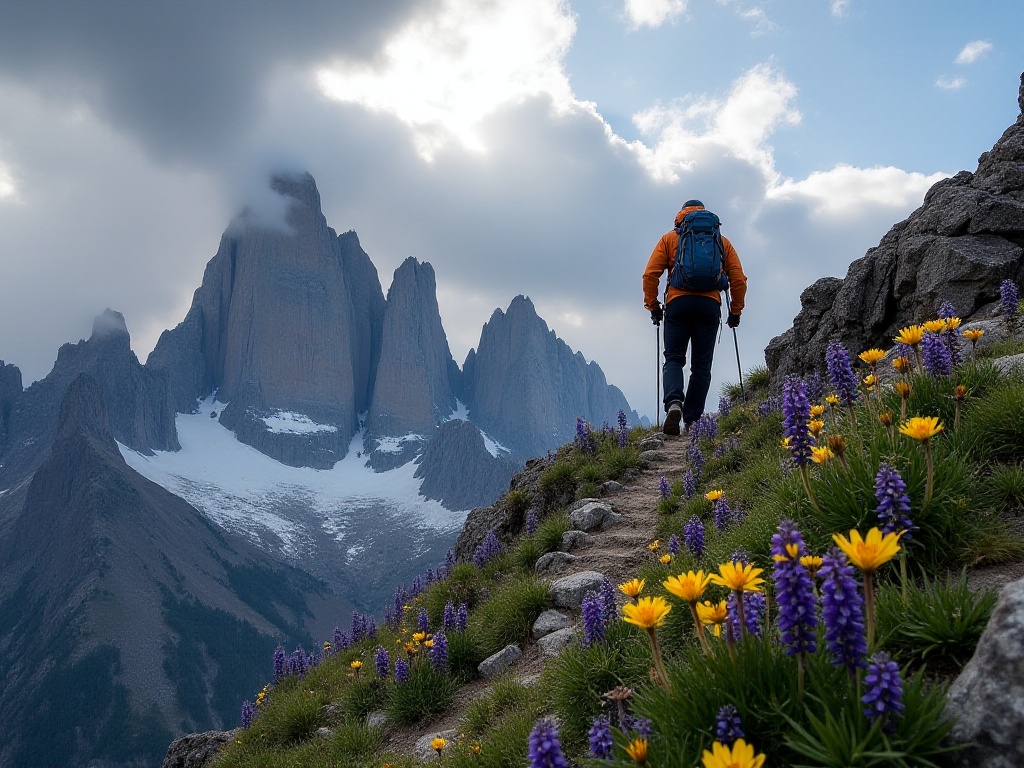
Practical Advice
For friends interested in challenging the AT, my advice is to prepare thoroughly. First is time and budget preparation. Generally, completing the AT takes 5-7 months, with a budget between $5,000-8,000. This budget needs to cover equipment, food, accommodation, and some emergency expenses.
Physical training should be progressive. I recommend starting training at least 3-6 months in advance, beginning with daily walks and gradually increasing weight and distance. Pay special attention to training core and lower body strength, which is crucial for long-distance hiking.
Equipment selection should be based on personal circumstances. You don't need to buy the most expensive, but you must buy what suits you best. Especially for shoes and backpacks, you must try them on and test repeatedly to ensure comfort.
Regarding route planning, fully understand the characteristics and challenges of each season. For example, you'll encounter late spring cold in spring, need to pay attention to sun protection and hydration in summer, and guard against early frost in autumn. It's recommended to purchase detailed guidebooks or use professional hiking apps for navigation assistance.
Resupply plans should be detailed yet flexible. Besides marking resupply points, understand the specific situation of each point, such as whether resupply packages need to be mailed in advance, store operating hours, etc. It's recommended to carry some emergency food for unexpected situations.
Most importantly, maintain a healthy mindset. The AT is not a competition but a journey of self-exploration. Don't be too concerned about daily mileage, learn to listen to your body, and adjust your pace when needed.
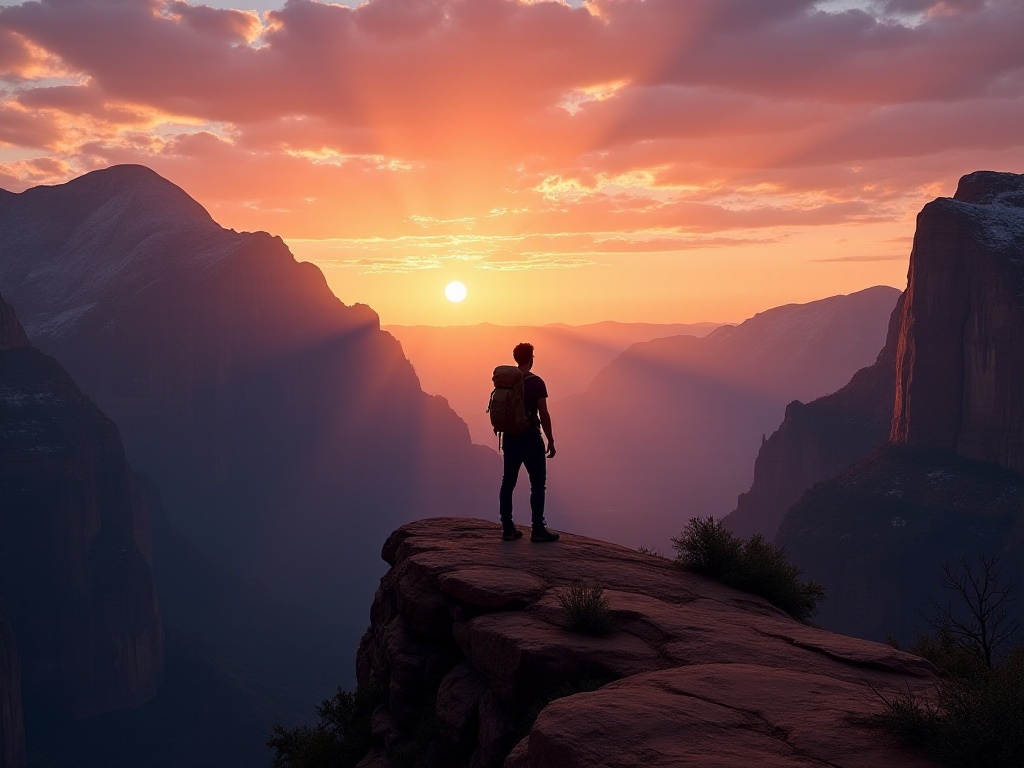
Conclusion
On September 30, 2024, when I finally stood at the summit of Mount Katahdin in Maine, my heart was filled with indescribable emotion. Looking back at this six-month journey, every difficult moment and every beautiful encounter became the most precious wealth in my life.
This trail not only showed me America's most pristine natural scenery but also helped me meet my truest self. It taught me the power of perseverance and made me understand that many seemingly impossible things in life can be achieved if you just take the first step.
If you're also interested in long-distance hiking, why not start with weekend short trips and slowly build your outdoor abilities. Perhaps one day, you'll also stand at the starting point of the AT, beginning your own adventure story. Remember, everyone has their own rhythm, and what's important is not the speed of reaching the destination, but the gains and growth during the process.
This experience taught me that life's greatest adventure is stepping out of your comfort zone and trying new possibilities. Perhaps you're still hesitating about whether to start your hiking journey, but I want to say: Just do it! You'll never know how much potential you have until you truly start trying.





